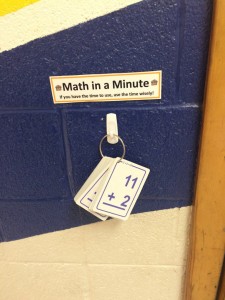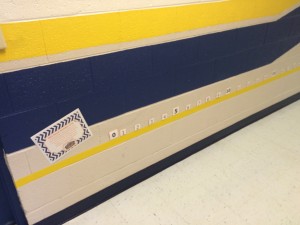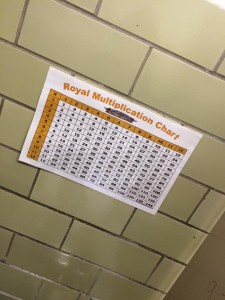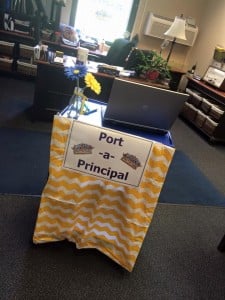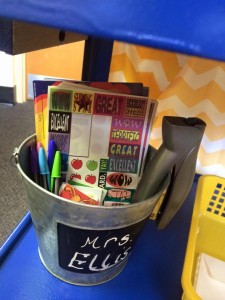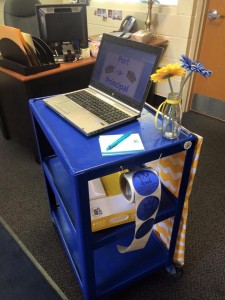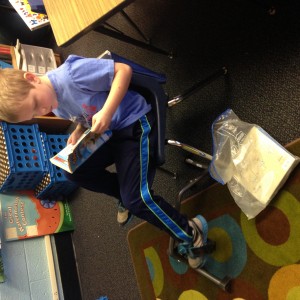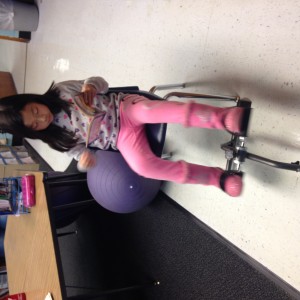Purposeful Development of Character
Dunlap Grade School staff understands that a comprehensive approach to educating the whole child is important to ensuring academic success. As a building leadership team, we have invested in a goal that strives to ensure we develop both academic and social/emotional elements of the child.
Our goal is:
DGS will develop learners that have empathy, can manage their emotions, develop skills for learning, and problem solve as evidenced by implementation of the Second Step Curriculum with Integrity and Fidelity during the 2015-2016 school year.
Our core mechanism for teaching social behaviors is Second Step. As indicated on their webpage, “Social-emotional skills—like math skills—build on each other. Our universal, classroom-based program is designed to teach children how to understand and manage their emotions, control their reactions, be aware of others’ feelings, and have the skills to problem-solve and make responsible decisions. Each grade-level kit includes easy-to-teach, short weekly lessons, engaging songs and games, and daily activities and take-home materials to reinforce learning. Watch video overview.”
Teachers use Second Step on a weekly basis to teach skills that target the core competencies of social and emotional learning. In addition to weekly instruction, We have developed several strategies that recognize students for their performance of these skills.
The positive office referral is submitted to myself, as the principal, from a teacher or other staff member. These narrative recognize students for going above and beyond expectations. These students are then celebrated at morning announcements in front of the whole student body, their picture taken, their parents given a personal contact by me, and given a copy of the referral. It’s a joy to see students beam due to their accomplishments as well as reinforce exemplary behavior to the students in the schools. Parents appreciate the positive contact. It’s a win-win-win-win for teachers, students, parents and administration!
We recognize that teachers may not see all the wonderful behaviors our students are exhibiting so we offer a student shout out that are completed by their peers. Children have the opportunity to recognize their classmates as well!
For those times that behavior in the hallway in the classroom should be acknowledged quickly or at the point of occurrence, students may earn at second step sticker. These stickers may be given in the hallways for following expectations, in the cafeteria, or in the classroom when students show a kind deed that aligns with the values of second step.
Finally, on a monthly basis, one student from each class or content area (art, music, PE, technology, world language, resource) are selected by their teachers and named a Royal of the Month.
To be selected “Royal of the Month, students must meet the following ROYAL criteria:
Respect Others
Respect Yourself
Respect Learning
Criteria also include, but are not limited to:
- Demonstrating Second Step Skills for learning, empathy, emotion management and problem solving.
- Students show progress and improvement in subject areas.
- Students make contributions to the community through service.
- Students display exemplary leadership skills.
- Students show positive attitude toward classmates, school staff, learning and school.
- Students have good attendance.
- Students demonstrate appropriate behavior.
- Students encourage others to do their best.
- Students work up to their ability.
- Students exhibit good character, hard work, and honesty.
Students will be recognized with:
- Recognition at Morning Announcements
- Certificate of Achievement
- Photograph displayed on the foyer bulletin board
- Rock Star Trophy from the Principal, Mrs. Ellis






